Some evergreen trees are nothing but trouble in a pretty disguise. They drop needles like confetti, hog the water, grow like monsters, and then laugh in your face when it’s time to clean up. But not all evergreens are heartbreakers. Some actually play nice—no outrageous mess, no dramatic growth spurts, just reliable beauty year-round. So before you plant something you’ll spend the next decade regretting, read this. We’ve got the truth about which trees deserve your shovel—and which ones belong in someone else’s yard.
Leyland Cypress

Leyland Cypress can quickly become a regrettable choice due to its fast growth rate. Towering over fences with ease, it often exceeds the space you thought it would occupy. This tree requires constant trimming to manage its size, which can be a daunting task.
Furthermore, its dense foliage can block out sunlight from other plants, stifling their growth. Its rapid growth also makes it susceptible to diseases, as its branches become weak and overcrowded. Despite its lush green appearance, the upkeep might make you think twice. It’s the neighbor that doesn’t know boundaries!
Norway Spruce
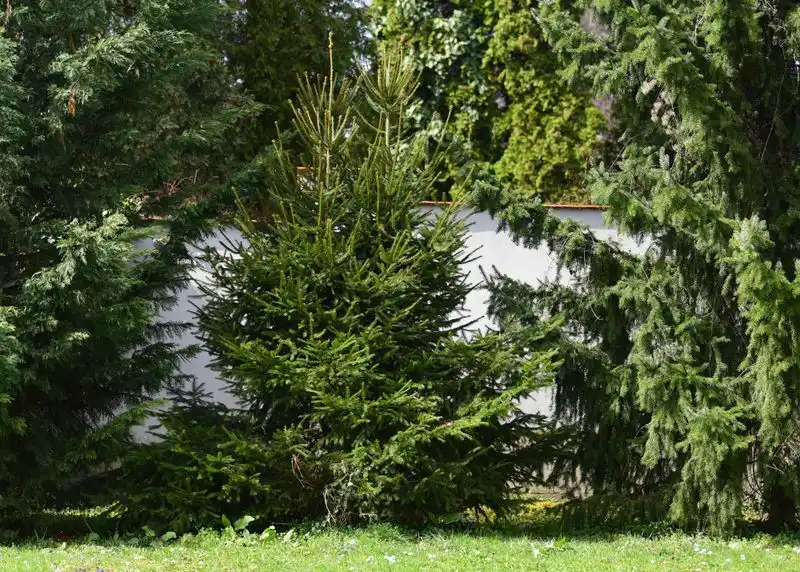
The Norway Spruce is a majestic sight but a potential headache in the garden. Its roots have a tendency to sprawl, disrupting pathways and competing with nearby plants for nutrients. In addition, its large size can overshadow your garden, creating unwanted shade.
The needles, while beautifully dark, shed constantly, requiring frequent cleanup. This tree’s imposing structure demands space, making it unsuitable for small gardens. Its dominance can easily overpower the surroundings, leaving little room for other flora to thrive. Consider its impact before letting this giant take root in your yard.
White Pine
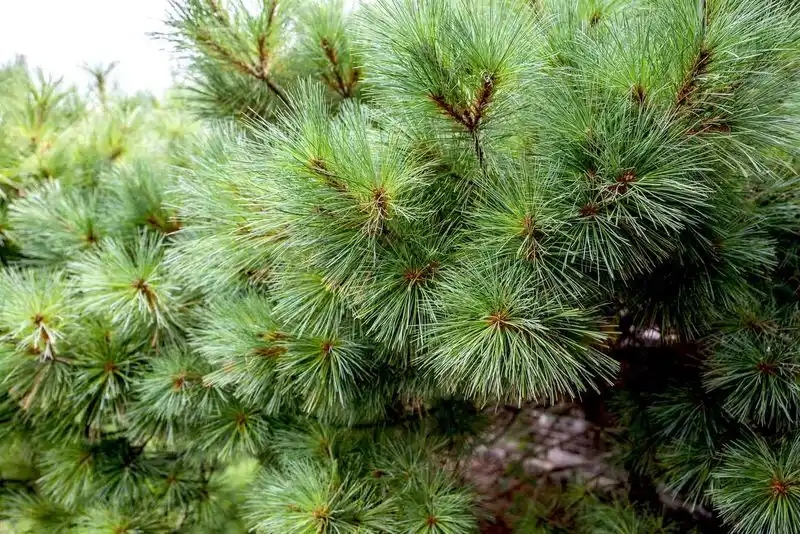
With its tall, graceful stature, the White Pine is not without its drawbacks. Its long needles frequently shed, covering the ground and requiring constant cleanup, especially during windy seasons. This can be a nuisance if you prefer a tidy landscape.
Moreover, the tree’s brittle branches are prone to breaking during storms, posing a risk to nearby structures. Its rapid growth can lead to weak wood and structural problems, making maintenance a continual concern. While it adds elegance, the White Pine’s demands may outweigh its beauty in certain settings.
Blue Atlas Cedar
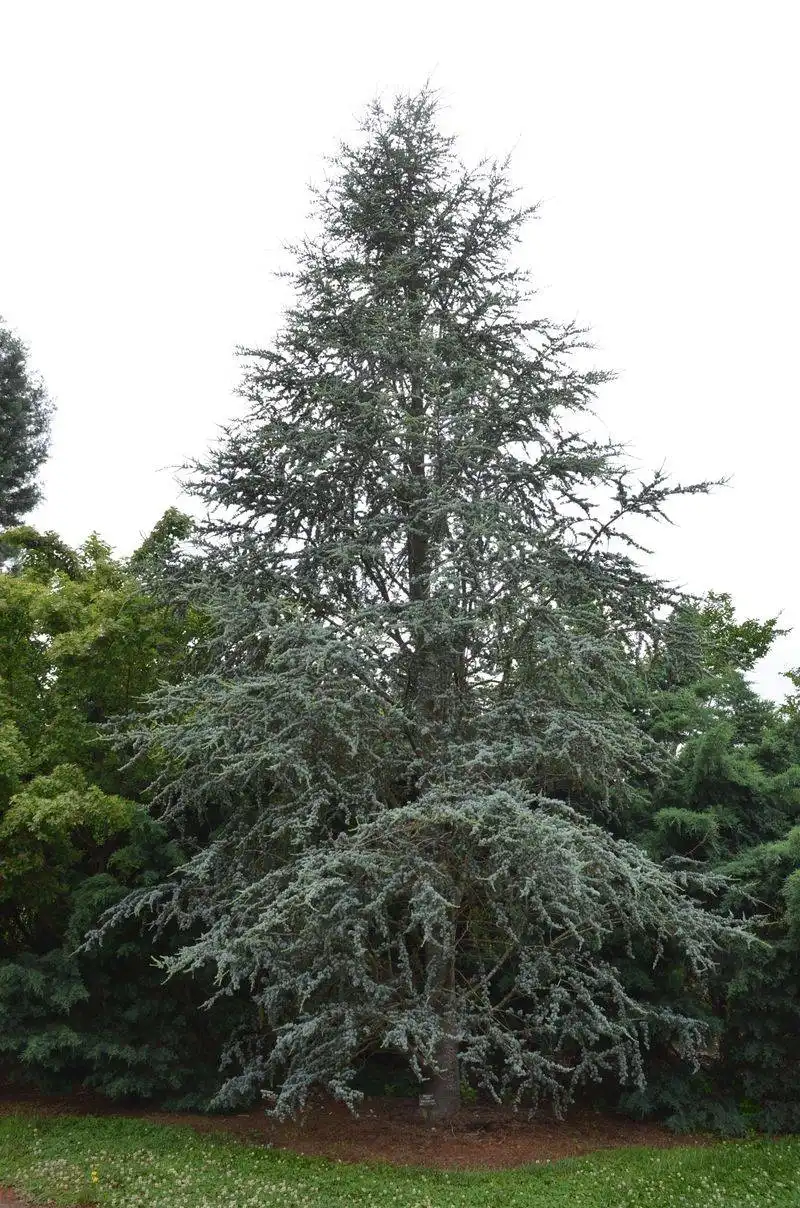
The Blue Atlas Cedar is admired for its striking silvery-blue needles, but its sprawling branches can be problematic. This tree requires significant space, often overshadowing smaller gardens. Its aesthetic appeal comes with a need for regular trimming to maintain its shape.
Additionally, it can become susceptible to pests if not properly cared for. The maintenance involved might be more than anticipated, and its size can become overwhelming. It’s a commitment that demands attention, making it a challenging choice for those looking for low-maintenance options.
Arborvitae
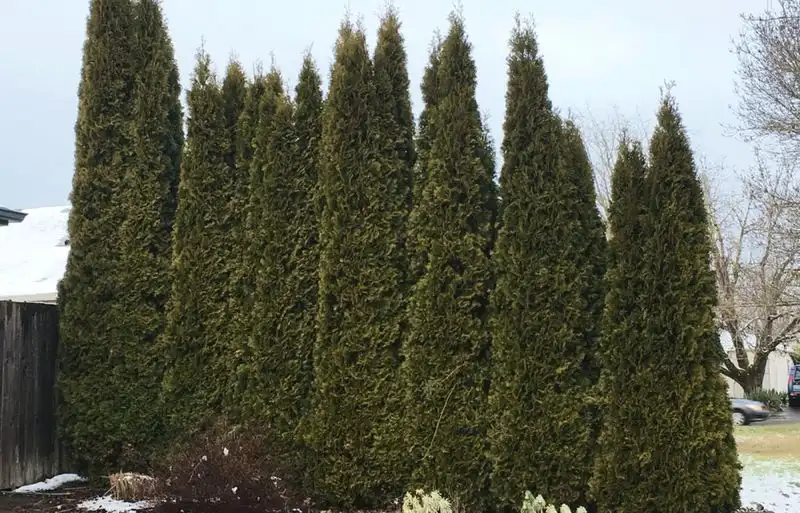
Arborvitae, with its columnar shape, is often used for privacy screens. However, its susceptibility to pests can lead to browning and sparse foliage. This can compromise its primary function, diminishing its appeal.
The constant battle against infestations may deter even the most devoted gardeners. Additionally, they are not particularly drought-tolerant, requiring regular watering. While they create an initial sense of seclusion, the upkeep might prove too demanding. Consider their care needs before lining your landscape with these trees, as it’s not as simple as it might seem.
Douglas Fir
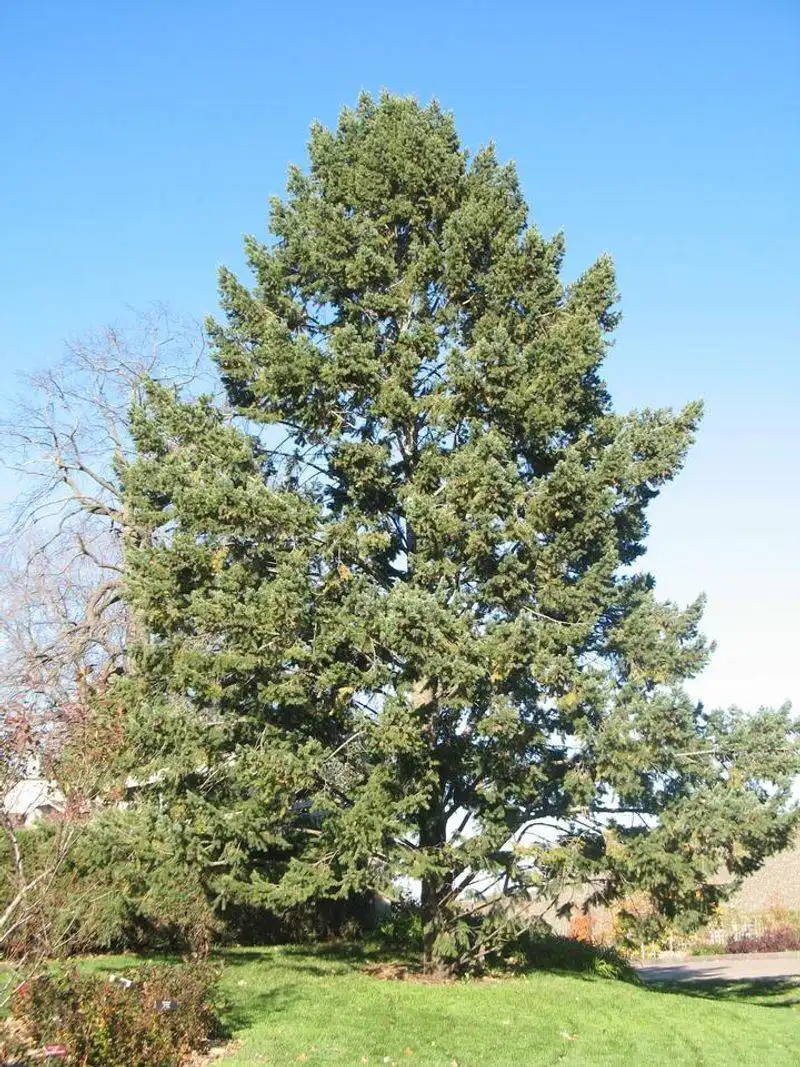
Celebrated for its use as a Christmas tree, the Douglas Fir can outgrow its welcome in home gardens. Its dense branches can cast significant shade, hindering the growth of sun-loving plants nearby. The cones add to the clutter, requiring regular cleanup.
Additionally, its height and breadth can overwhelm a small yard, leaving little room for other features. While it’s a festive favorite, its scale and maintenance might not suit every space. Be prepared for the commitment involved in keeping this giant in check, as it requires more than occasional trimming.
Cotoneaster
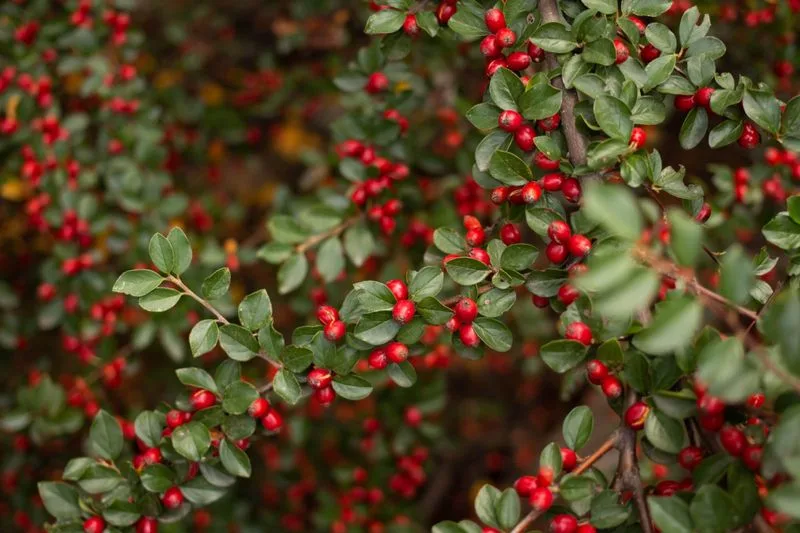
The Cotoneaster’s vibrant red berries add a pop of color, but its invasive nature can be troublesome. Its rapid spread can quickly dominate garden beds, leaving other plants struggling for space and nutrients.
Furthermore, its dense growth can become a refuge for unwanted pests, creating additional challenges. While visually appealing, controlling its spread requires vigilance, and its berries can be messy. The need for regular pruning and management might outweigh its ornamental benefits. It’s a choice that demands consideration for those seeking harmony in their garden layout.
Eastern Red Cedar
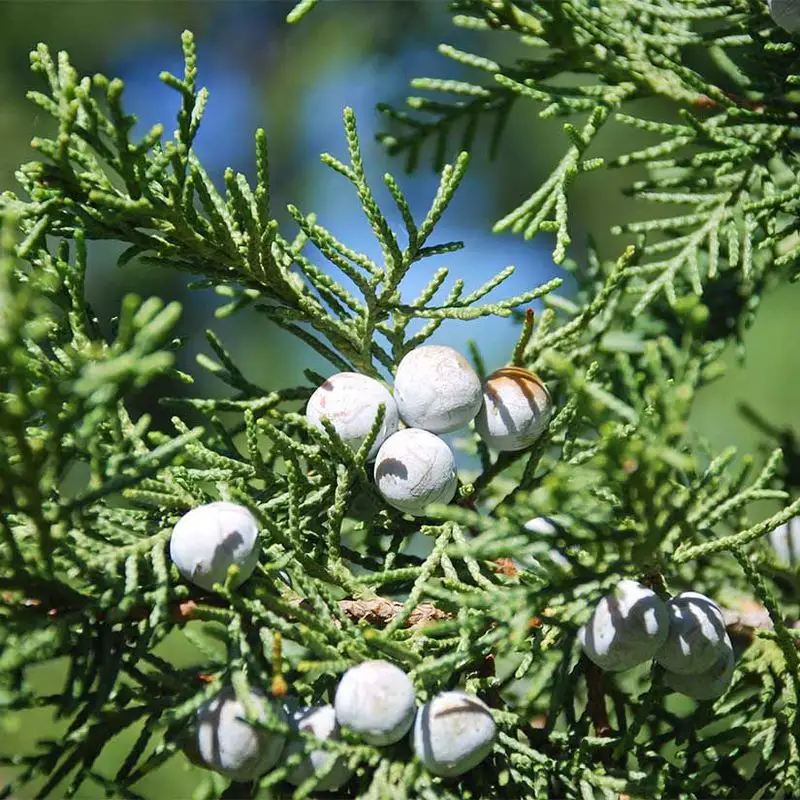
With its rustic charm, the Eastern Red Cedar is a resilient evergreen worth considering. Its ability to withstand harsh conditions makes it ideal for a variety of landscapes. This tree is known for its gnarled branches, adding character and depth wherever it stands.
The vibrant green foliage provides year-round interest, and its durability means low maintenance. Unlike other evergreens, it resists many common pests and diseases. It’s a steadfast presence that can enhance any garden, making it a dependable choice for those seeking a robust and visually appealing tree.
Holly
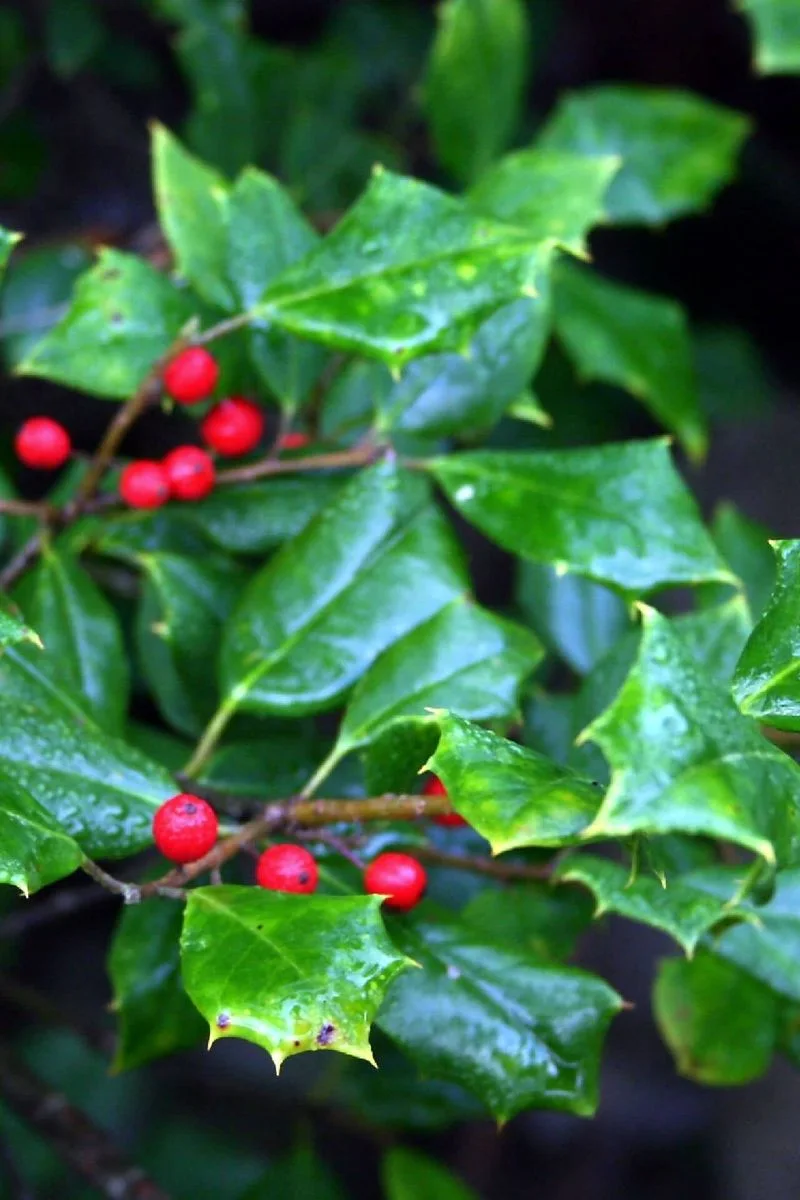
Holly trees are synonymous with festive cheer, thanks to their glossy leaves and bright red berries. Beyond their seasonal appeal, they offer robust year-round interest. The dense foliage provides excellent privacy screening, making them a practical and decorative choice.
Holly trees are also relatively low maintenance, needing only occasional pruning to maintain their shape. They are adaptable to various soil types and withstand different weather conditions. This tree is a versatile addition to any landscape, bringing beauty and function together. Its enduring charm makes it a favorite among gardeners.
Scots Pine

The Scots Pine offers a rugged elegance with its twisted branches and distinctive silhouette. This tree thrives in various environments, from urban settings to rural landscapes, showcasing its adaptability. Its needles provide a soft texture, adding contrast to the garden.
Resilient against harsh climates, it requires minimal care, making it an ideal choice for busy gardeners. The Scots Pine’s natural beauty and strength make it a standout addition to any collection. It’s a tree that promises longevity and grace, enhancing the landscape with its unique form and gentle presence.
Douglas Fir
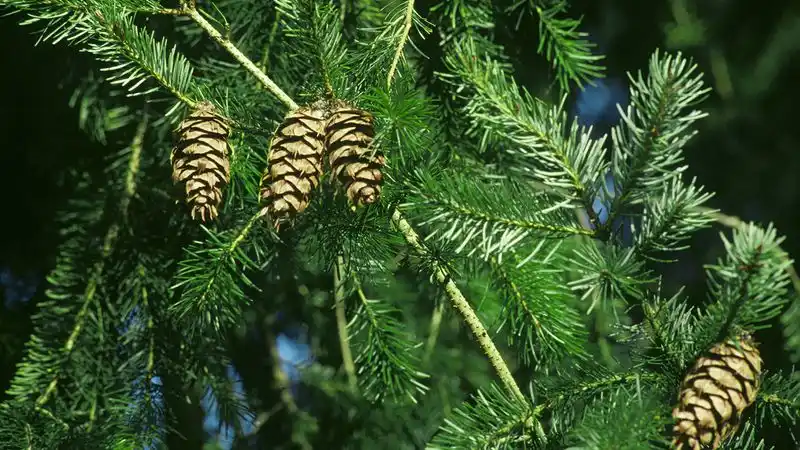
Renowned for its role in holiday celebrations, the Douglas Fir brings more than just festive charm to the table. Its dense branches and soft needles create a lush, full appearance all year round. This tree thrives in a variety of climates, showcasing its adaptability and resilience.
Beyond decoration, it offers excellent wind resistance, making it suitable for exposed sites. With minimal pruning, it maintains its structure, requiring little upkeep. The Douglas Fir’s visual appeal and practical benefits make it a valuable addition to any landscape, promising both beauty and function throughout the seasons.
Eastern White Pine
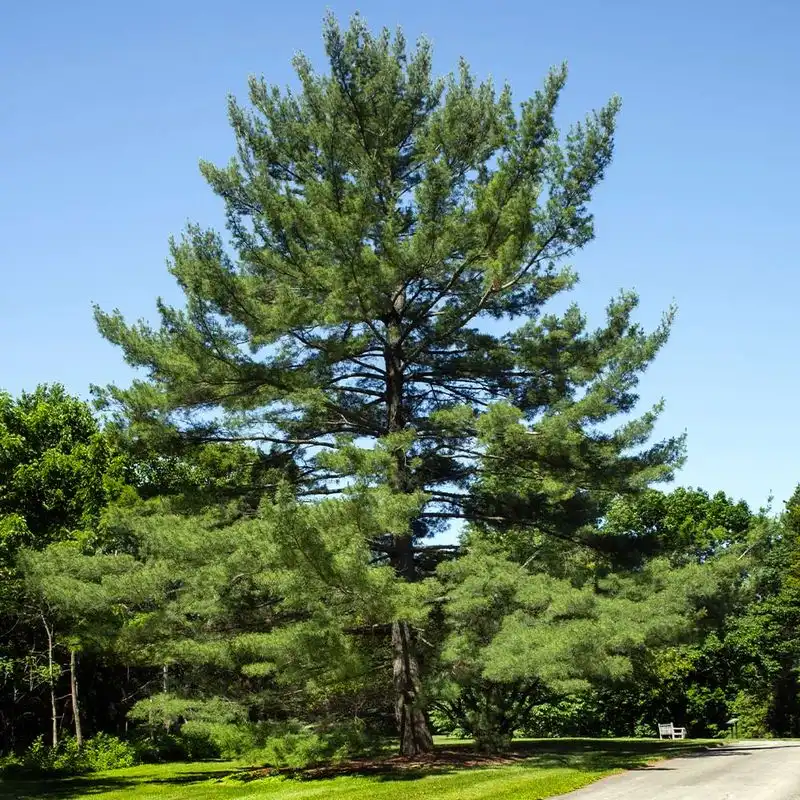
Eastern White Pine offers a touch of serenity with its tall, straight trunk and soft, fluffy branches. Its gentle appearance belies its strength, as it stands resilient against harsh weather. This tree grows relatively fast, providing quick coverage and interest in large areas.
Its needles create a soft, textured look that enhances any woodland or garden setting. While it may require occasional pruning, its low-maintenance nature makes it a practical choice for many. The Eastern White Pine’s elegance and durability make it a welcome addition for those seeking both beauty and resilience.
Japanese Black Pine
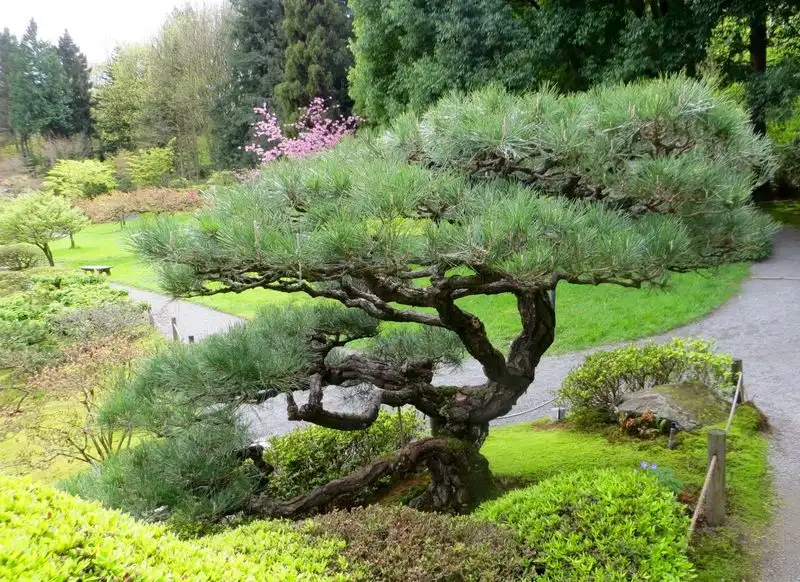
The Japanese Black Pine is a striking addition with its rugged bark and windswept branches. This tree’s dramatic appearance makes it a focal point in any garden. It’s particularly well-suited for coastal areas, thriving in sandy soils and resisting salt spray.
Its adaptability extends to various environments, showcasing its versatility. Minimal maintenance makes it an appealing choice for those looking for beauty without the burden of upkeep. This tree stands as a testament to nature’s artistry, bringing a touch of the wild to cultivated spaces. It’s truly a sculptural masterpiece in the landscape.
Spruce
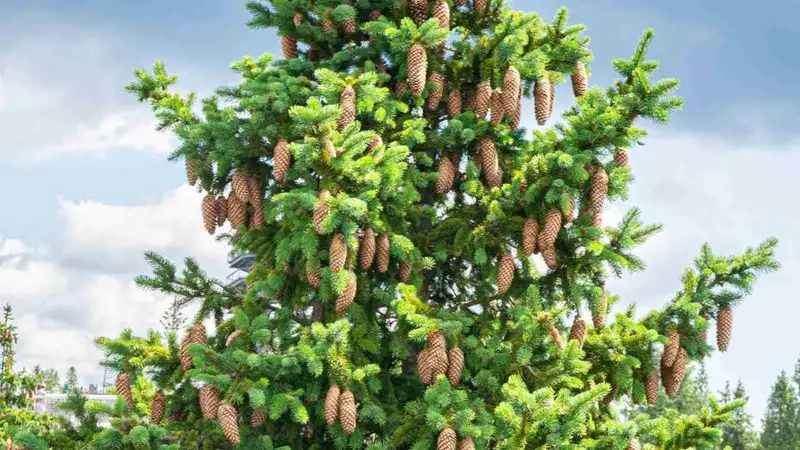
Spruce trees, with their symmetrical shape and deep green needles, offer a classic evergreen appeal. These trees are known for their hardiness, thriving in a range of climates and soil types. Their dense foliage provides excellent windbreaks, making them practical choices for exposed areas.
Beyond function, they enhance the landscape with their elegant form, creating a serene atmosphere. Spruces require minimal care, needing only occasional pruning to maintain their shape. Their versatile nature and timeless beauty make them a favorite among gardeners, embodying the essence of evergreen charm.
Yew

Yew trees carry an air of mystery and elegance with their dense, dark green foliage and vibrant red arils. Historically used in sacred and ceremonial spaces, they offer a touch of ancient allure to modern gardens. Their ability to thrive in the shade makes them versatile additions to various settings.
Yews are known for their longevity, often living for hundreds of years, and require little maintenance. Their compact growth habit makes them ideal for hedges and screens, providing privacy and protection. This tree’s rich history and striking appearance make it a timeless garden asset.
Thuja Green Giant
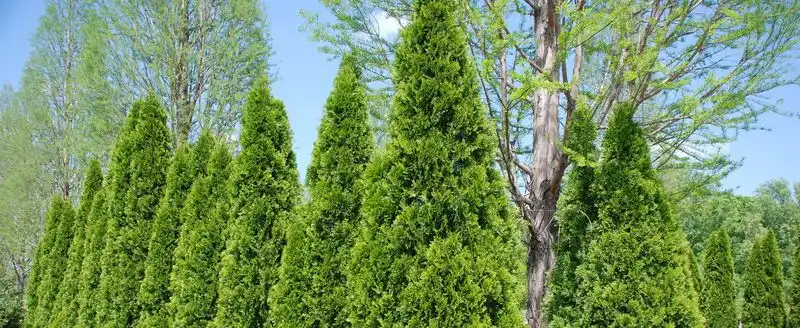
Thuja Green Giant is celebrated for its rapid growth and dense, emerald foliage. This tree is a fantastic choice for creating privacy screens or windbreaks, quickly reaching impressive heights. Its lush greenery remains vibrant throughout the year, adding a constant visual appeal.
Despite its size, it requires minimal maintenance, needing only occasional trimming to keep its shape. Its resistance to pests and diseases makes it a reliable choice for any landscape. With its combination of beauty and practicality, Thuja Green Giant stands out as a valuable addition for those seeking both form and function.
Cedar of Lebanon

The Cedar of Lebanon is a tree of grand stature and historical significance. Its massive, spreading branches and ancient trunk make it a living monument in any garden. This tree is renowned for its longevity and resilience, thriving in various climates.
While its size can be imposing, it brings a majestic presence that few trees can match. The Cedar of Lebanon requires space to flourish, making it suitable for large estates or public gardens. Its historical and cultural significance adds depth to its beauty, offering a profound connection to nature and history.

